Focal Radiance Review: The Art of Luxury
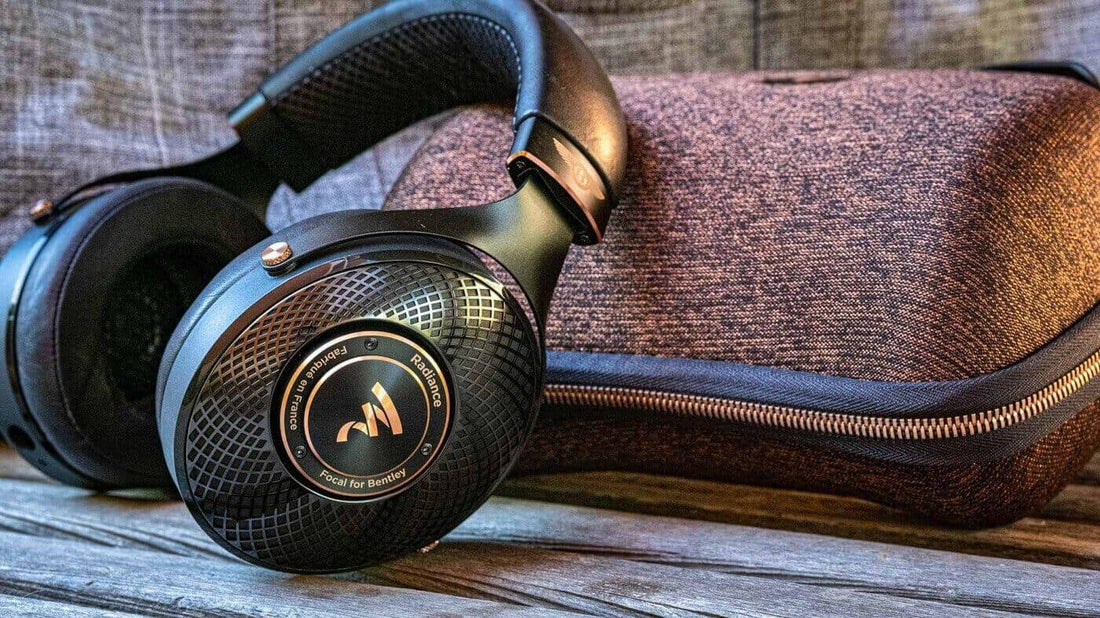
Introduction
While comparatively new to the headphone space, Focal is a brand that needs no introduction in the audiophile world. They’ve brought their expertise in speakers down to headphones and found success with headphones like the Utopia and Clear, though not without some setbacks along the way. Resolve and the Headphones.com crew actually had the chance to visit Focal’s factory in France where they handcraft their speakers and headphones. I’ve personally had a chance to review the Clear and Elex in the past and have heard the Utopia in demo shops before. For today’s review, I will be tackling the $1,300 Focal for Bentley Radiance. The odd naming is due to Focal’s collaboration with Bentley in the creation of these headphones back in 2020. I’ll leave out the Bentley part when referring to it in this article. It’s a closed back headphone that exudes luxury, but will that be translate into sound quality befitting of its name? Let’s find out.
Source note: As a closed back headphone that’s meant to be portable, it’s sensitive enough to be powered by something like the iFi GO Blu. But for this review, I will be using the Ferrum ERCO as my source.

Build and Comfort
Though the design of the Radiance is nearly identical to the other Focal headphones, the black base, copper accents, and diamond motifs of the Radiance is gorgeous in person. The included cable and carrying case follows the same elegant, black-copper styling. Though I question if they really needed the Bentley name to make these aesthetics happen.
I find the Radiance to be extremely comfortable. Given that nothing has really changed in build between the Radiance and the other Focal headphones, I think I can safely narrow it down to the new Pittards leather pads that the Radiance comes with. They are phenomenally soft and feel absolutely amazing against the skin. It’s also surprisingly breathable; my ears don’t heat up as much as other leather or velour pads I’ve tried, which is additionally impressive considering its closed back nature. The foam padding is plush with a slight firmness in its rebound. Even over my glasses it feels great. All in all, the Radiance’s pads are undoubtedly among the best I’ve ever worn.
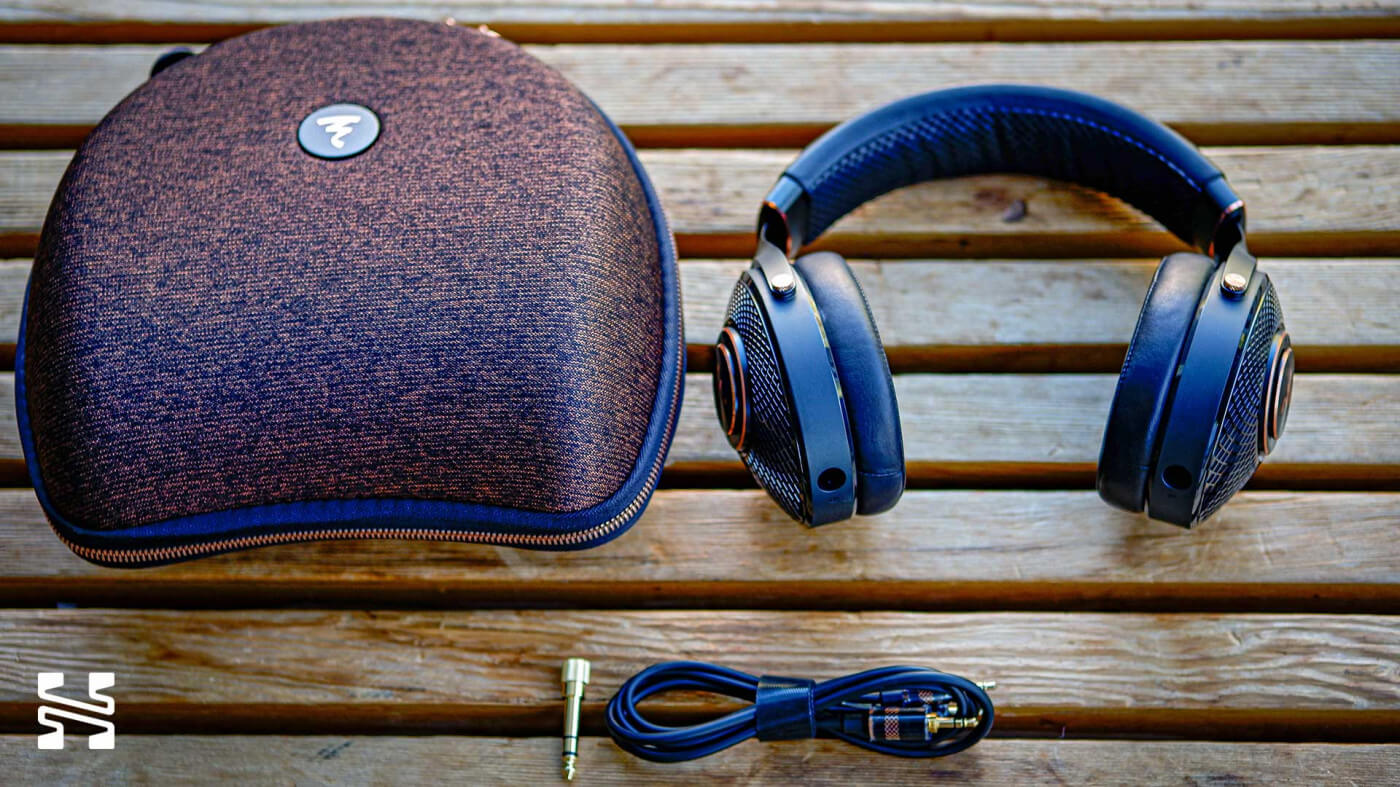
A common concern of Focal headphones is their weight. At 435 grams, the Radiance is a moderately heavy headphone. However, I didn’t have too much of an issue. The weight of the Radiance was nicely distributed through its headband with no pressure spots developing. The clamp force of the headphone is firm and effectively holds its up without sagging. The isolation these pads afford is excellent. While it’s obviously not to the level of IEMs or ANC, once music is playing, it feels like you’re secluded into a world of music all of your own. It likely won’t suffice for a busy coffee shop but would be perfect for quiet office or library.
I do have one complaint, however. The stock cable has awful cable memory and retains its winded shape from when it was shipped from the factory. I’m a fan of the simple 3.5 mm connectors and screw-on 6.3 mm adapter. At 1.2 m (4 ft), it’s the good length for a portable headphone and I like the soft rubber sleeving compared to the other cloth based Focal cables. Hopefully the cable memory will smoothen out over time.
Note: I do think it’s important to note that Focal has had issues in the past with the drivers of their early headphones, particularly with the Drop Elex. I believe those issues have since been resolved and the Focal Radiance does come with a 3-year warranty.
Sound and Frequency Response

Measurement of the Focal for Bentley Radiance on an industry standard GRAS 43AG measurement rig. The dotted black line represents the Harman target, a reference frequency response developed using consumer preferences. The red line is how the headphone in question measures. Effectively, this shows how significantly the headphone’s frequency response deviates from the target. Note however that the target is highly smoothed and strict adherence to the Harman target is not necessary for a headphone to sound good.
Would you look at that. A closed back headphone with a surprisingly high adherence to the Harman target. But does it sound as good as it graphs? Yes, actually. The tuning of the Radiance is excellent. While it does have elements of that Focal house sound that some people are opposed to, I find the tonal balance of the Radiance to be generally agreeable if nothing else. The tuning has the effect of disappearing into the background so I’m free to enjoy the music.
On a technical level, the Radiance isn’t lacking. I’d say on par with that of an open back headphone with the exception of a couple points. It works great across every genre of music but high energy tracks are where it shines. The Radiance is at its best when it’s free to flex its capabilities. Admittedly, I wasn’t immediately impressed with the Radiance when I gave it a quick first listen. I thought it was nicely tuned and sounded quite good but not much beyond that. But the more I sat to write this review, the more the Radiance grew on me.
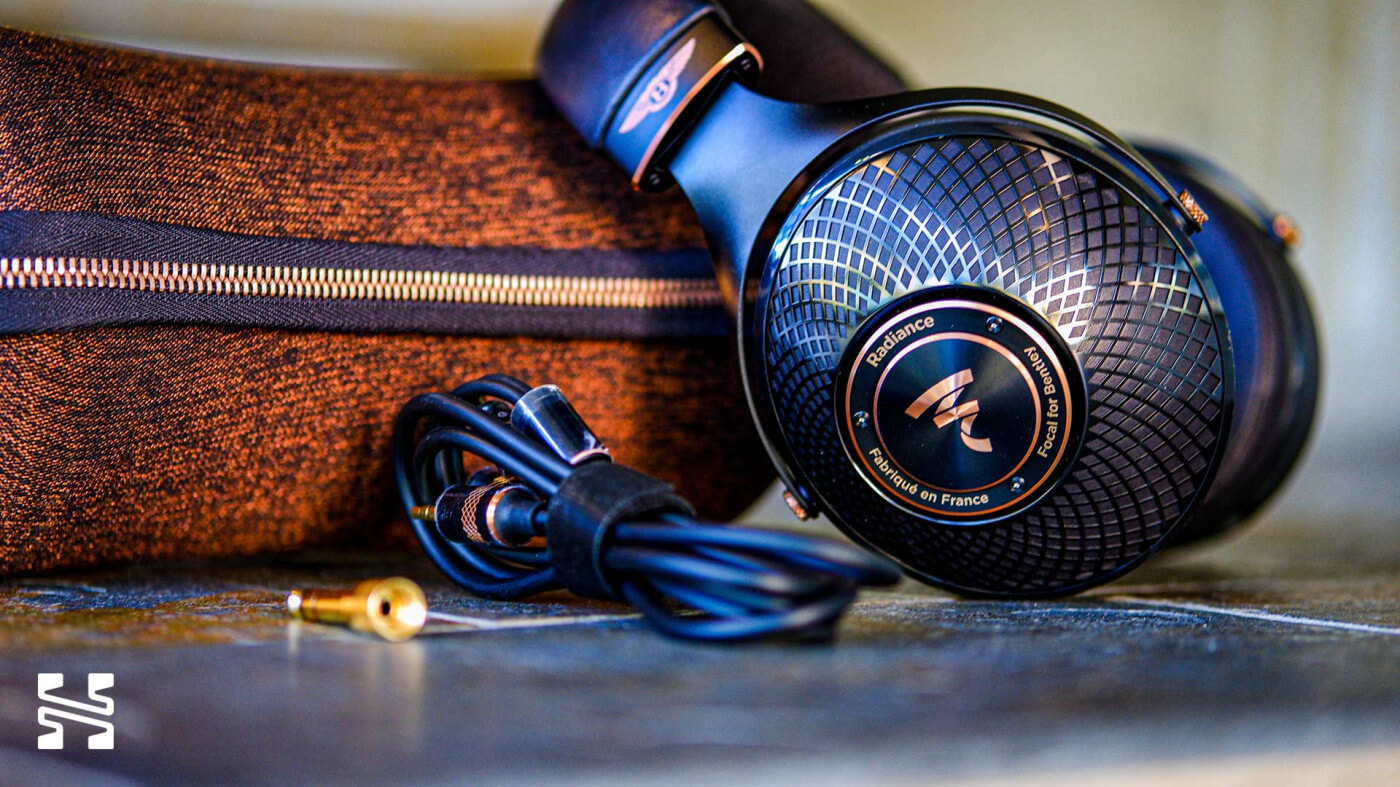
Bass
The volume of bass is what I would describe as tactful. The bass elevation isn’t quite as pronounced as it might seem here. It gives the Radiance a bassy tilt but that’s it. The bass shelf isn’t as obvious as it seems here – it’s a fairly seamless experience as it transitions from the bass into the lower mids. As a reminder, note that the subbass response will vary if you wear glasses as the seal may be compromised. Though glasses will affect headphones differently, it’s particularly important for closed backed headphones and leather pads. Taking off my glasses, the Radiance’s bass becomes noticeably meatier as the subbass doesn’t roll-off quite as much.
And meaty is how I would describe the bass of the Radiance. For example, the kick focuses more on the low-end body of the drum rather than the beater head. There’s an excellent sense of nuance and tactility here – I can hear how the note shifts from the primary midbass attack into its subbass decay. As far as dynamic drivers go, the Radiance hits a sweet spot in this attack-decay balance to give it its meaty response. Midbass punch is traded for increased low-end heft. Yet the Radiance exhibits a great amount of control. While notes aren’t as sharply defined like you’d see in a planar, nothing lingers more than it has to on the Radiance. Its effortlessly resolves and layers kick, toms, and bass guitars notes. Its precision lends an almost clinical experience, except that it’s anything but sterile.

That isn’t to say it’s perfect. Here is where I think we see the first limitation of the fully closed design. Compared to my memories of the Elex and Clear, the Radiance doesn’t quite have the same level of slam as the Elex or physicality like the Clear. It’s somewhere in between. While this is certainly affected by the difference in their frequency responses, I can’t help but feel that without access to external air, it seems like the Radiance’s bass is stifled to an extent. The driver isn’t fully able to “breathe”, so to speak. Don’t get me wrong, the Radiance’s bass is still significantly better than almost every other option below $1,000, open back or otherwise. I just can’t help but imagine what it would be like if it was vented like how some “closed” back headphones are. Of course, this is all speculation on my part. But it does help me create a narrative to better understand what I’m hearing.
Mids
The midrange of the Radiance is confident and engaging. Its tonal balance is mostly neutral with an overarching hint of warmth. What it isn’t, however, is mellow. Looking at the frequency response graph, it matches the Harman target for upper mids quite well. I don’t find it shouty in the sense that the upper mids are overemphasized. However choruses can get a little intense at times owing to the Radiance’s dynamic range.
I’d say the Radiance performs a little better for male vocals than females as the dip in the 4 – 5 kHz reduces some of their vocal presence. You can hear this in some songs with mixed vocals. If the lead singer is male with the female handling backing harmonies, her voice isn’t as forward as I would expect. I don’t hear harshness or too much sibilance. There’s good clarity in the mids and while I wouldn’t call it sharp, the midrange of the Radiance does have a bit of an edge in a way that makes vocals pop rather than be smoothed over.
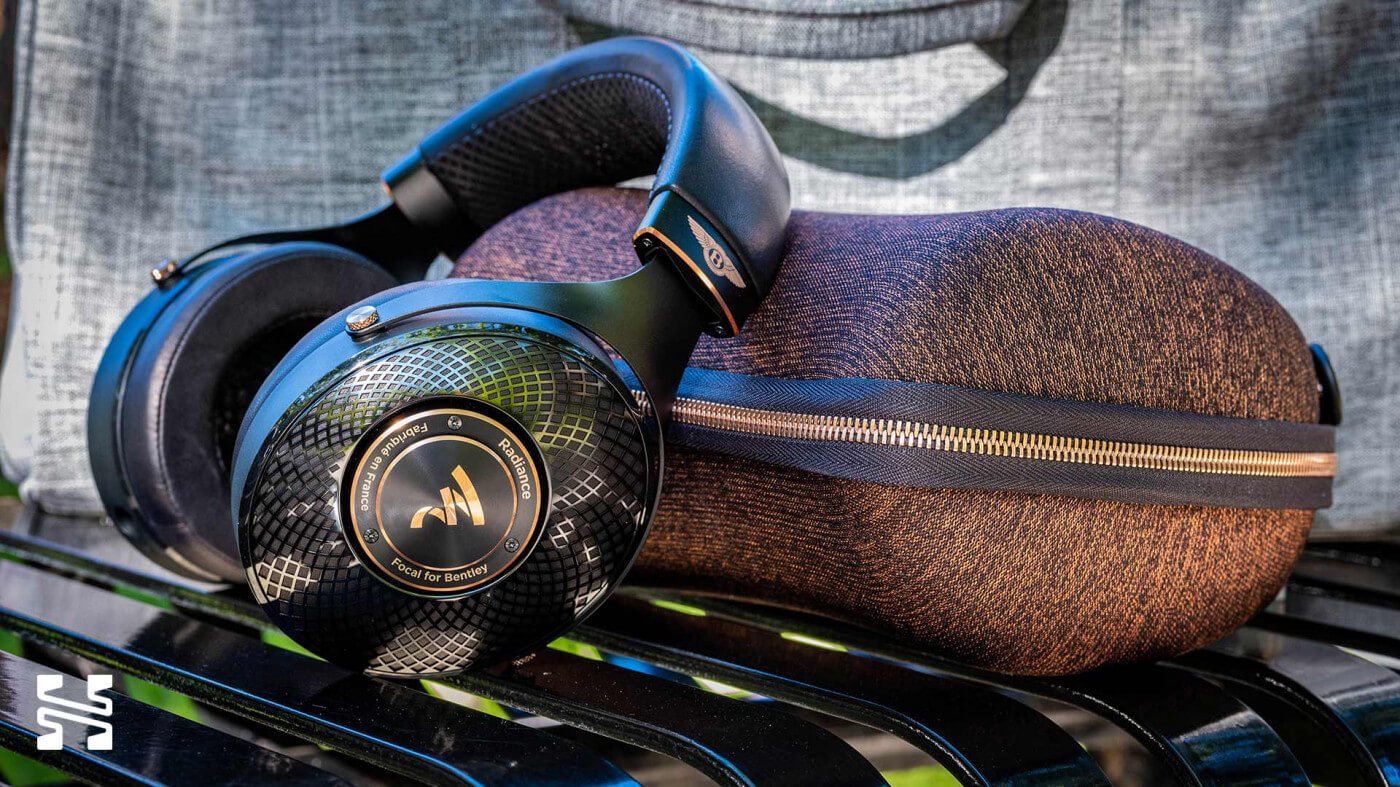
Instruments in general are rendered quite nicely on the Radiance. No complaints on their timbre. Electric guitars have an aggressive, gritty tone. Snares pop beautifully with a great balance between the resonance of its body and sharp crack of its head, elevated by the dynamics of the Radiance. Piano notes do sound a little off, however. They’re a little too thick and bodied, with their upper harmonics partially truncated.
Treble
The treble of the Radiance is reminiscent of a tamed Elex. The crisp, bright nature of the Elex is partially mellowed out in the lower treble so it isn’t quite as pervasive with every hit of the hats and cymbals. The treble of the Radiance is raw, which is something I tend to enjoy in audio gear. While I do find it a little too brash at times, it doesn’t come across as incoherent or unpleasant. It has clean resolution and a quickness between notes that can be heard in the attack of the hats.
One complaint however is the presence of large peak around the 12 – 13 kHz region. You can actually see this in the graph as well. It does give the Radiance a slightly metallic, overly shimmery timbre on the hats and cymbals in general. It’s particularly piercing if a note hits that exact region, though those are few and far between. For reference, Miki Matsubara’s Stay With Me is the prime example of this as both hats and vocals hit this exact peak. While piercing, I found that it wasn’t intolerable considering how large of a spike it is. As usual, your mileage may vary depending on your treble tolerance. Mine is pretty high. Nothing a little EQ can't fix.
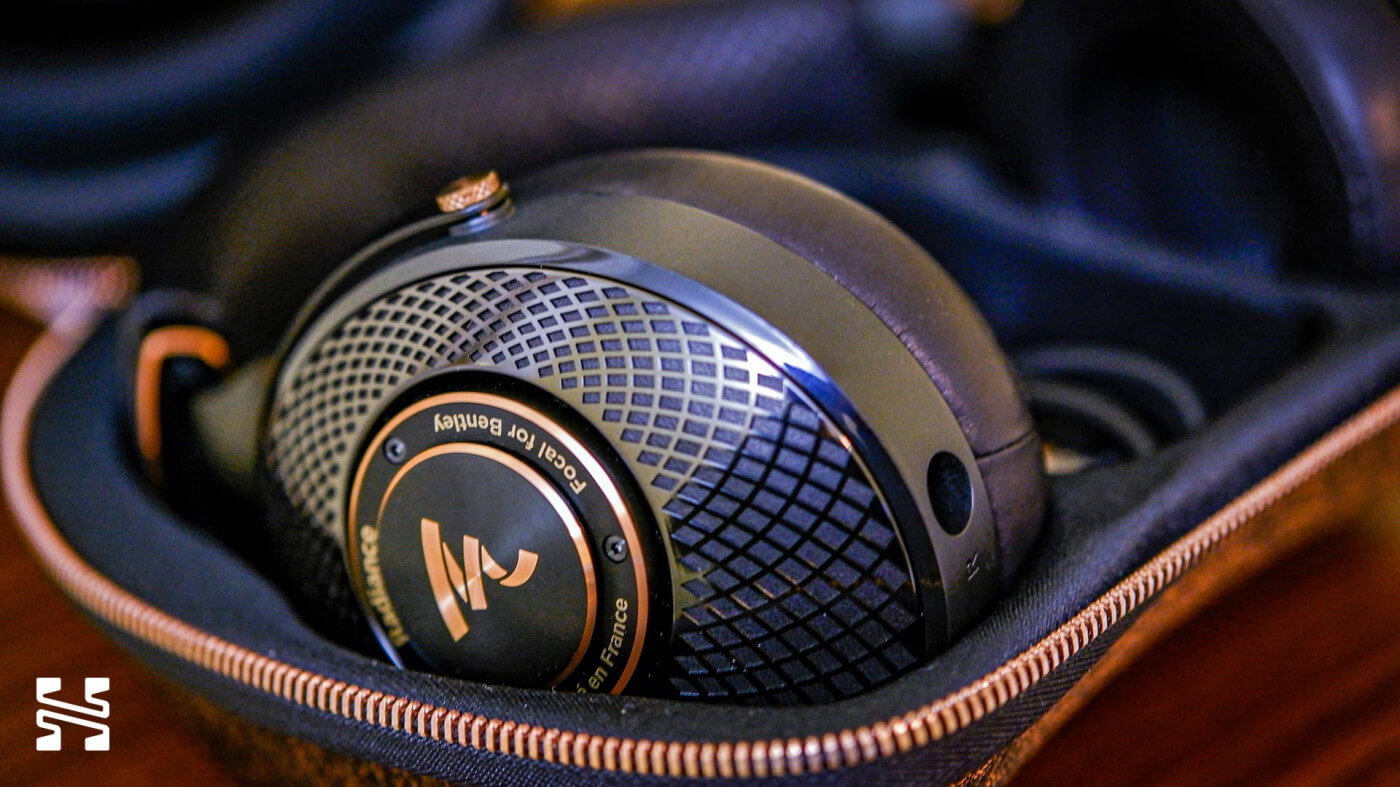
Presentation
Soundstage is the second instance where the Radiance is limited by its closed back design. The soundstage is small, “intimate” if you want to be polite. Think HD600 size except without any openness at all. Imaging is clearly enclosed within the head. Booming drums panned far left or right are restricted to where the ears are. Speaking of imaging, it’s quite respectable. It does a fairly convincing job leveraging the height, width, and depth available to place instruments. There’s good nuance too – I can imagine how the drumsticks attack the hats in different locations to create note variations. Resolution is another area where the Radiance has a good handle on. It’s not a resolution monster by any means but it manages to highlight the occasional hidden note or extra riff. It doesn’t stumble when it comes to more challenging, technical material. All in all, the technical performance of the Radiance matches its caliber.
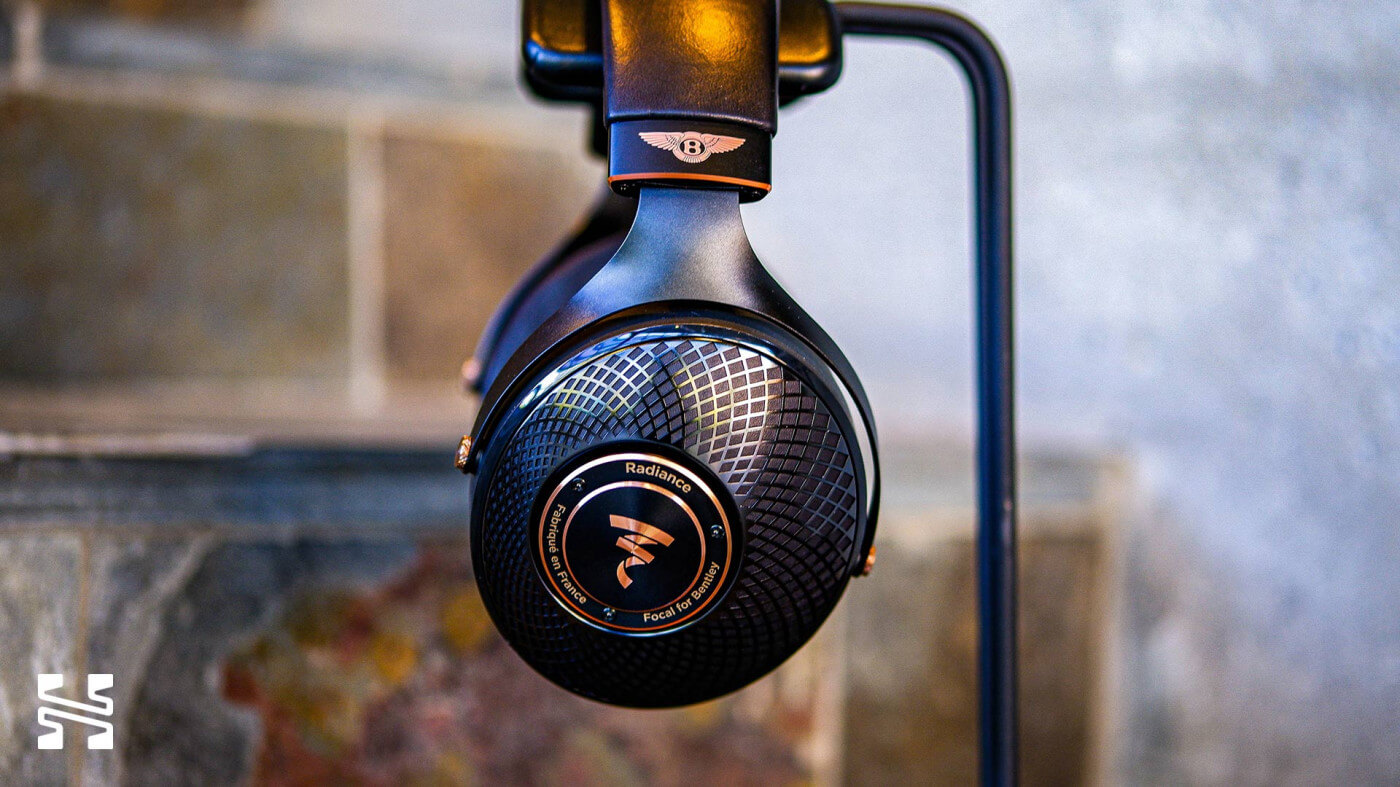
Of course, as a Focal headphone, we have to discuss dynamics. I think of it in two ways, and I’ve already alluded to them before. The first is the bass. It’s impactful and engaging. But it doesn’t quite have the same gusto as the other Focal headphones I’ve heard. Close, but not quite. The second is its dynamic range. I find it hard to set a consistent volume because of its range. Musical energy builds and dissipates in an instant. When I set the volume at the quiet part of a song, I sometimes to turn it down as the track hits the peak of its crescendo. As a result, I feel like I’m listening at a higher volume than I normally would. There’s a fine line to get the balance just right. It’s a good problem to have, I suppose.
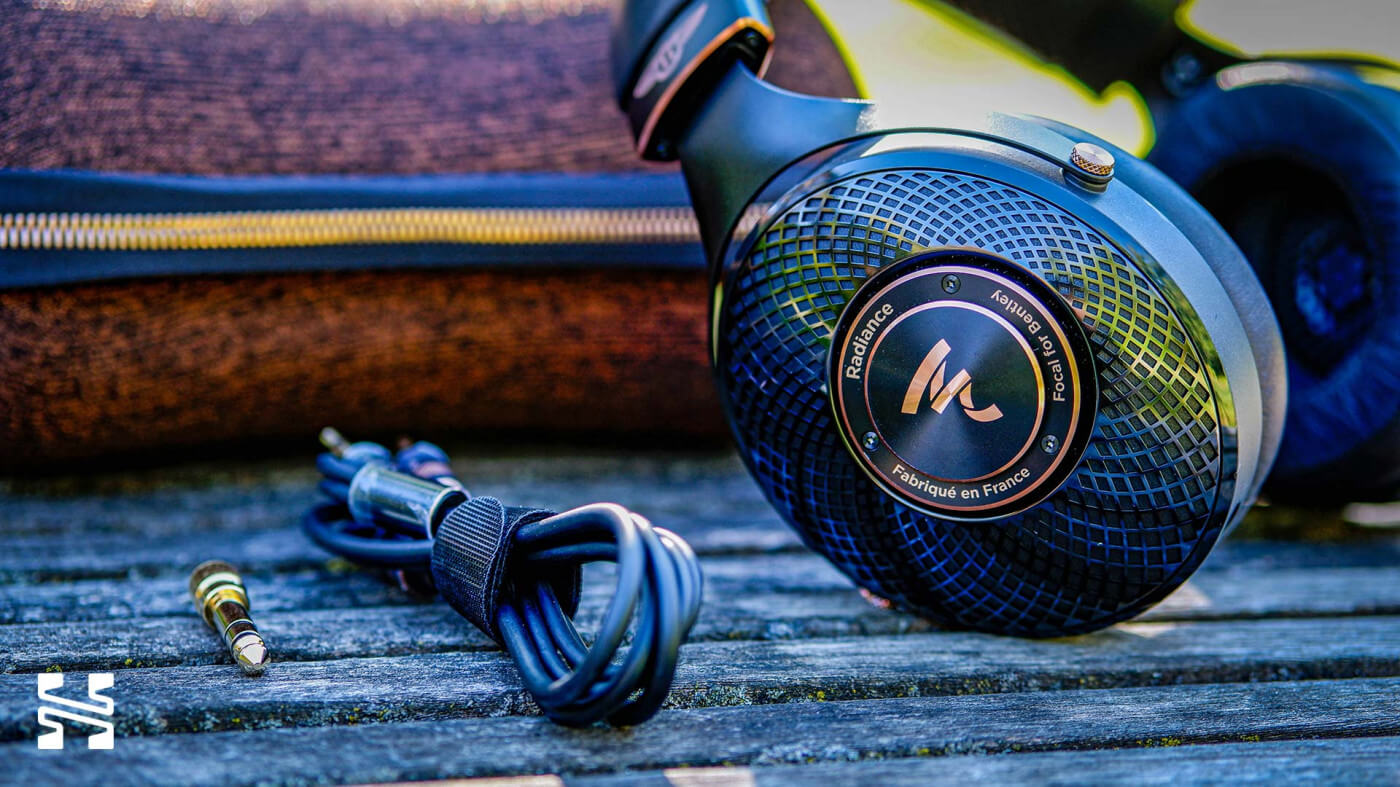
Should You Buy It?
Yes. I haven’t heard too many high end closed back headphones beyond a brief demo with the DCA Stealth and Aeon 2 Noire, but I feel comfortable in saying that the Radiance is at the top of my closed back shortlist. To be honest, I thought it actually cost a lot more than its asking price of $1,300. Given Focal’s history of headphone pricing, the Bentley collaboration, and the dearth of high end closed backs on the market, I had expected the Radiance to be double or triple the price. And while I certainly wouldn’t call any headphone beyond the four digit range a price/performance killer, the Focal Radiance does bring a lot of value to the table. The sound quality the Radiance demonstrates is really quite impressive and honestly competitive with plenty of good open back headphones. It might not win every time, but it gives anything around or below its price a decent run for their money. Frankly speaking, I was initially interested to review the Radiance because I was enamoured by how pretty it is and was curious to know what was so special about the Bentley collaboration. While I still don’t know how much Bentley contributed much to its creation, the Focal Radiance is a headphone that is worthy of its lofty heritage.
